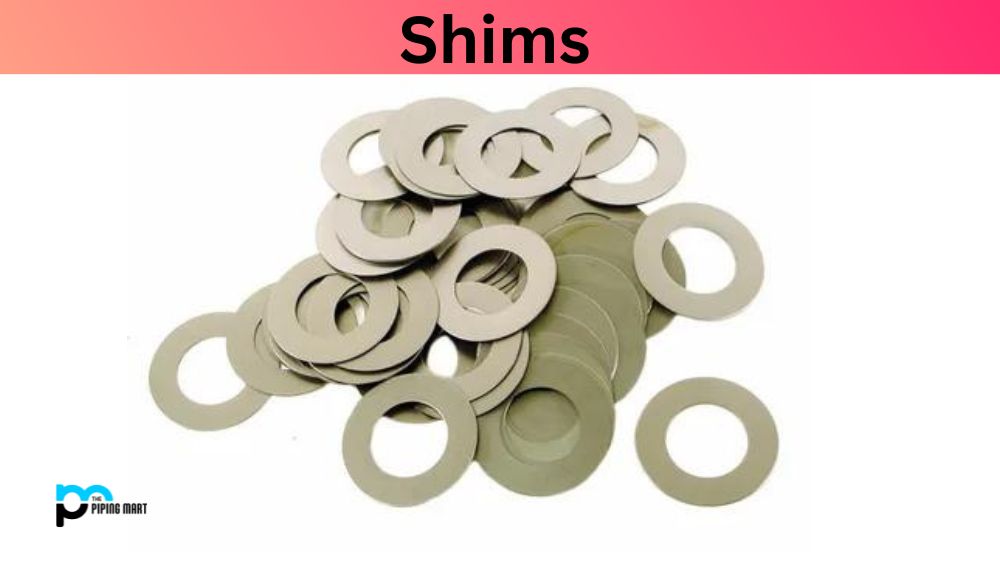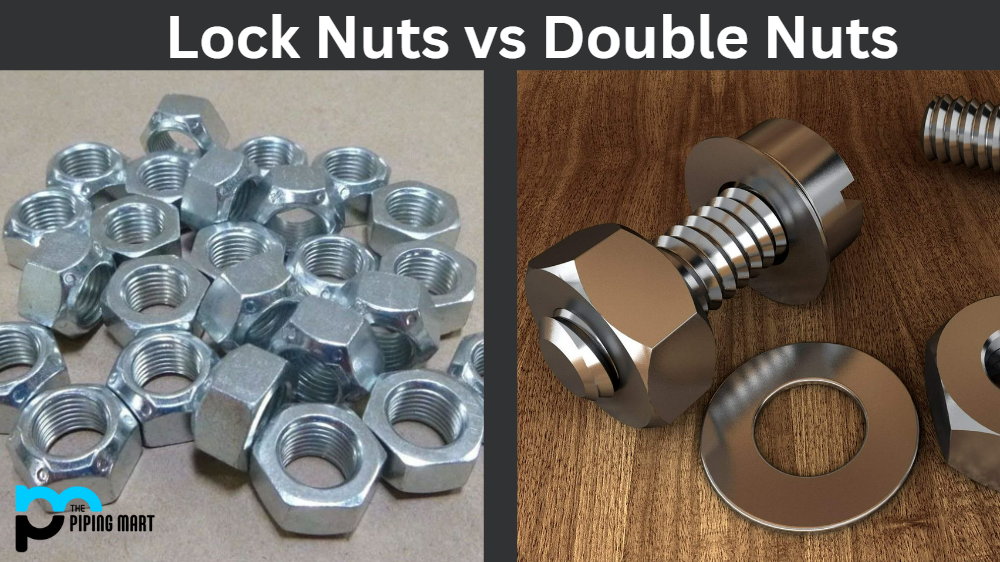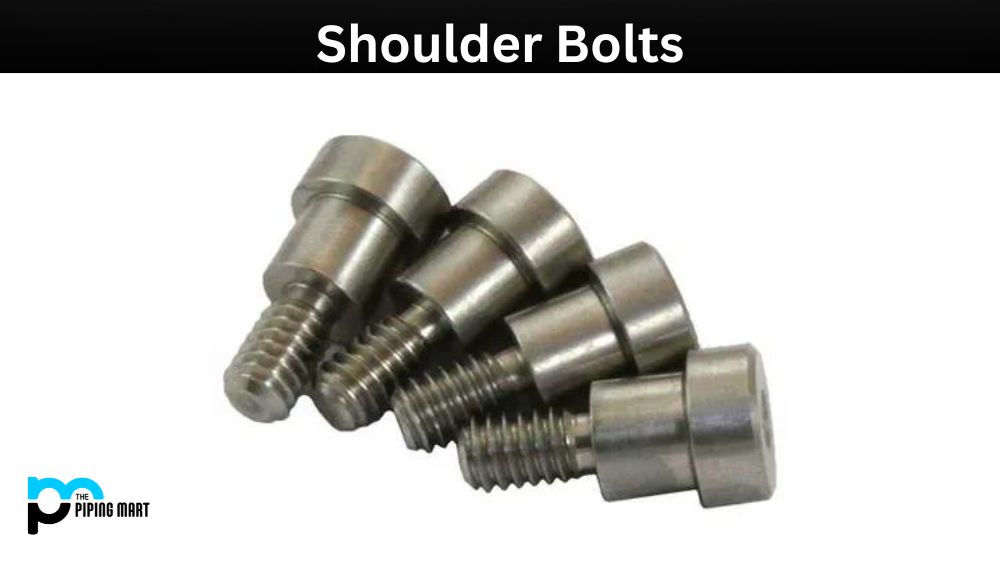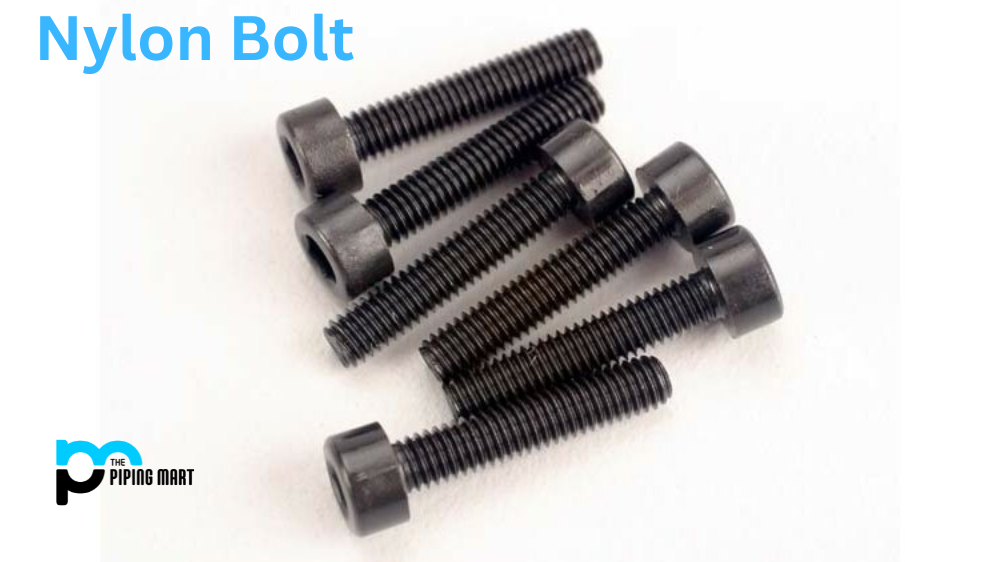Shims are materials used as supporting elements in various construction and industrial applications. From aligning and leveling machinery to secure fixing, shims are widely used for achieving accurate alignment and spacing. They come in different compositions and properties to cater to different industrial needs. In this blog post, let’s understand what shims are, their properties, composition, and uses.
What is Shims?
Shims are thin strips of material that fill small gaps or spaces, such as those between objects and surfaces. They come in various sizes and shapes and can be made of plastic, metal, wood, rubber, etc. Shims provide greater stability and resistance to movement due to their flexibility. They help maintain an ideal alignment between two surfaces that may not fit perfectly. This helps prevent structural damage due to vibrations caused by misalignment. Furthermore, shim shapes allow for easier adjustment while installation is still possible, which makes them widely used in maintenance work.
Shims Properties
Shims come in different compositions and specifications that affect their properties. The common properties that determine the effectiveness of shims include thickness, hardness, and stiffness. The thickness of the shims is crucial to their effectiveness in creating precise spacing between surfaces. The material’s hardness determines its ability to withstand high pressure and torque without compressing. The stiffness of the shims is vital for bearing loads and supporting the weight of machinery.
Shims Composition
Shims are made from different materials that cater to specific industrial needs. Common shim materials include plastic, metal, paper, and composite materials. Plastic shims are non-conductive, chemically resistant, and can withstand exposure to harsh environments. Metal shims have high tensile strength and are resistant to wear and tear. Composite shims are made for specific applications, such as withstanding high temperatures in aviation and automotive industries.
Uses of Shims
Shims have numerous applications in different industries. They are used in construction to level floors, walls, and roofs, ensuring they are even and aligned. They are also used in the automotive industry to balance wheels, adjust brakes, and align shock absorbers. In the industrial sector, shims are used to level and align heavy machinery, reduce noise and vibration, and absorb shock loads. They are also used to secure structures such as bridges and pipelines and maintain support and stability.
Benefits of using shims
Using shims in industrial and construction applications has several benefits. They provide accurate alignment, reducing machinery wear and tear and increasing lifespan. Shims help increase productivity by reducing downtime caused by misalignment and providing stability to the equipment. They also reduce noise and vibration, enhancing the safety of the operators.
Conclusion:
Shims are essential materials in the construction and industrial sectors, known for their versatility and effectiveness in aligning, spacing, and leveling heavy machinery and equipment. The composition of shims depends on their intended application, and they come in different properties such as thickness, hardness, and stiffness. With their numerous applications, shims have proven indispensable to the smooth running of various industries. By reducing downtime and wear and tear on the machinery, they improve productivity safety and increase the lifespan of the equipment.
Sakshee is a talented blogger, with a particular focus on the Business and Metal Industry. She is passionate about sharing her insights on various metal products and helping professionals to make a better decisions.




